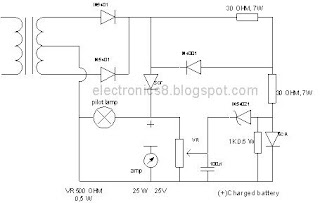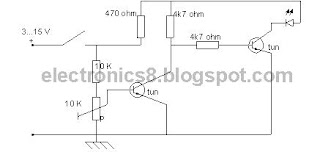Although the use of thermionic valves may be making a comeback in some quarters, the great attraction of transistors and integrated circuits in, for example, personal stereos and other low-output power equipment, is the 'carry everywhere' aspect, which is in no small measure due to the low-voltage, low-power supply that the equipment requires.
As most users will know, this power supply can easily be provided by batteries, with the cost aspect connsidered by the use of rechargeable batteries. The wisdom of using a mains adaptor to reduce running costs to a minimum is advocated, although of course, portability is reduced.
For higher output powers, as offered by domestic high fidelity equipment, the use of batteries is not an economic proposition.
A DC (direct current ) power supply is an item of equipment which provides a unidirectional (in one direction only) voltge which ideally should be constant.
DC power supply necessary is electronic equipment requiers an operating supply voltge which is of type described above. this voltage could range in value from a few hundred volts in the days of thermionic valves, to between three and, say 50 volts for modern-day with batteries.
The function of DC power supply is to provvide a constant ( or near constant) voltage while delivering a possible wide range of currents to the equipment. The actual current demand can sometimes depend uponthe operating state of equipment-for example, with an audio amplifier, the actual volume level.
It can be mentioned here that there are cetain applications which require a constant current supply as opposed to constant voltage.
This DC power supply achieved is from the AC (alternating current) mains, through a conversion process known as rectification
The AC input voltage is shown as alternating above and below zero, that is, going alternately positive and negative, at a rate ( frequency) of 50 times a second (50 hertz).
The DC output voltage is shown as a positive value, but it could, if necessary, be negative

The AC input voltage is shown as alternating above and below zero, that is, going alternately positive and negative, at a rate ( frequency) of 50 times a second (50 hertz).
The DC output voltage is shown as a positive value, but it could, if necessary, be negative.
Click Here!
 From the equation Vout can be seen that the output voltage is a differensiator deviatif of input voltage versus time multiplied by the time constant differensiator (RCX).
From the equation Vout can be seen that the output voltage is a differensiator deviatif of input voltage versus time multiplied by the time constant differensiator (RCX).









